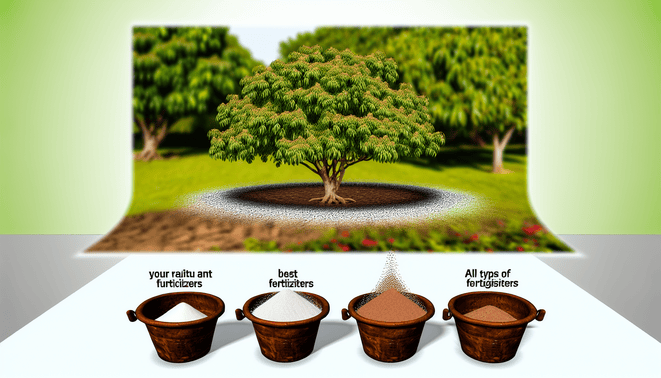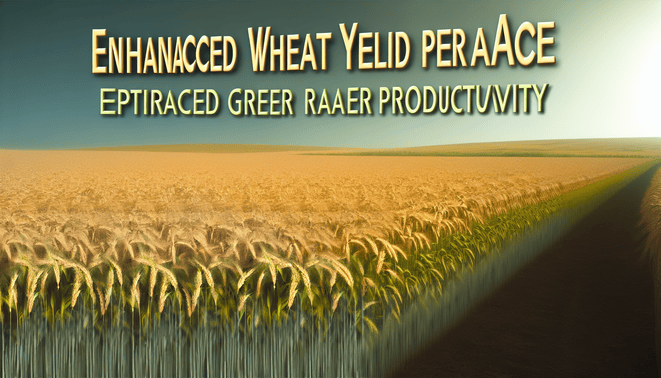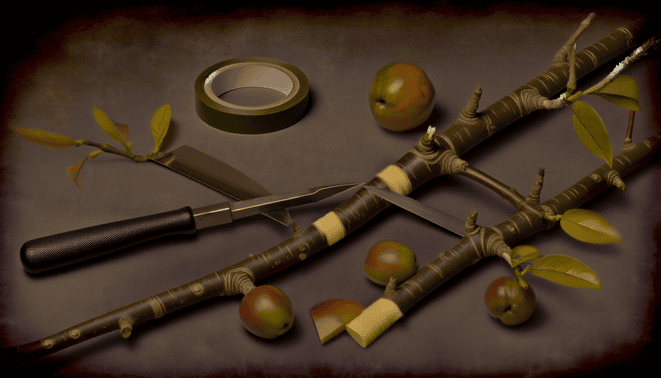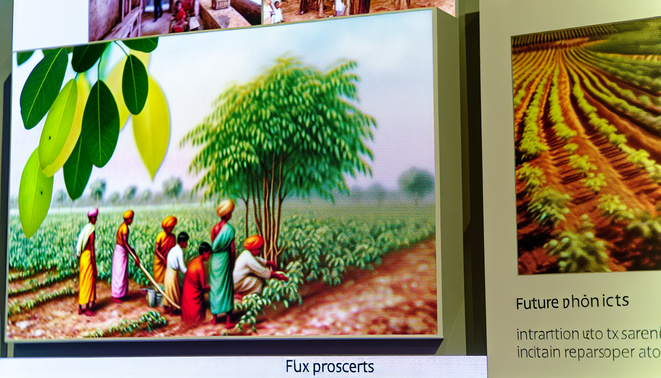
Best Fertilizer For Mango Tree: Ultimate Tips For Thriving Growth
Best Fertilizer For Mango Tree Mango trees (Mangifera indica) are tropical fruit trees celebrated …

Seasonal Flowers: Embrace Nature’s Colorful Year-Round Beauty
Seasonal Flowers: Embrace Nature’s Colorful Year-Round Beauty Seasonal flowers are plants that bloom during …

wheat yield per acre : Strategies For Greater Productivity
wheat yield per acre : Strategies For Greater Productivity Wheat is one of the world’s …

Unlocking The Power Of Veneer Grafting For Fruit Cultivation
Unlocking The Power Of Veneer Grafting For Fruit Cultivation Veneer grafting is a specialized technique …

Pista Tree In India: Cultivation, Benefits, And Future Prospects
Pista Tree In India: Cultivation, Benefits, And Future Prospects The Pista tree, scientifically known as …

sheep rearing in australia : Exploring Sheep Breeds And Their Impact
sheep rearing in australia : Exploring Sheep Breeds And Their Impact Sheep farming in Australia …
Horticulture is a branch of agriculture that focuses on the cultivation of plants for food, medicinal, ornamental, and aesthetic purposes. Horticulture farming involves the production of fruits, vegetables, flowers, ornamental plants, and herbs. It is a diverse field that encompasses various disciplines such as plant physiology, genetics, pathology, entomology, and soil science. Here are some of the types of horticulture farming:
- Fruit cultivation: This type of horticulture farming involves the cultivation of fruits such as apples, bananas, citrus, grapes, and berries. Fruit cultivation involves a wide range of practices such as pruning, grafting, pest management, and irrigation.
- Vegetable cultivation: This type of horticulture farming involves the cultivation of vegetables such as tomatoes, cucumbers, lettuce, carrots, and peppers. Vegetable cultivation requires attention to soil quality, irrigation, fertilization, and pest management.
- Flower cultivation: This type of horticulture farming involves the cultivation of flowers for ornamental purposes such as weddings, funerals, and home decoration. Some popular flowers include roses, lilies, tulips, and sunflowers. Flower cultivation requires attention to soil quality, irrigation, pest management, and harvesting.
- Nursery cultivation: This type of horticulture farming involves the propagation of plants for sale to garden centers, landscapers, and homeowners. Nursery cultivation includes the production of trees, shrubs, ornamental plants, and herbs. Nursery cultivation requires specialized knowledge of plant propagation, soil science, pest management, and business management.
- Medicinal plant cultivation: This type of horticulture farming involves the cultivation of plants for medicinal purposes. Some popular medicinal plants include aloe vera, ginseng, echinacea, and St. John’s wort. Medicinal plant cultivation requires specialized knowledge of plant pharmacology, soil science, pest management, and harvesting.
- Landscape horticulture: This type of horticulture farming involves the design, installation, and maintenance of outdoor landscapes. Landscape horticulture includes the use of plants, hardscaping, and water features to create beautiful and functional outdoor spaces. Landscape horticulture requires knowledge of plant selection, design principles, irrigation, pest management, and construction.
In conclusion, horticulture farming is a diverse and rewarding field that involves the cultivation of plants for food, medicinal, ornamental, and aesthetic purposes. Each type of horticulture farming has its unique challenges and opportunities, and horticulturists choose the type that suits their resources and goals. Horticulture farming is a vital component of sustainable agriculture and contributes to the quality of life of people around the world.